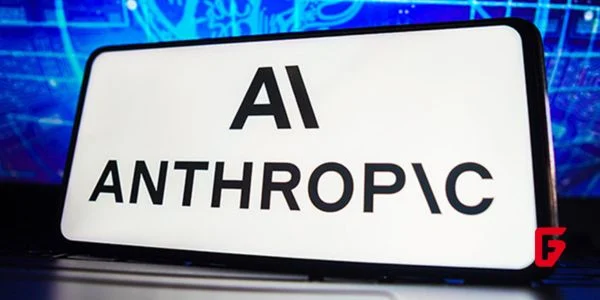In the rapidly evolving world of artificial intelligence (AI), the enterprise AI landscape has just experienced a seismic shift. For years, OpenAI reigned supreme, setting the standard for advanced large language models powering everything from chatbots to business automation. But new data from Menlo Ventures tells a different story: by mid-2025, Anthropic has overtaken OpenAI to become the most-used AI model provider among enterprises, marking the arrival of a new industry leader.
How Anthropic Captured the Enterprise Market
The numbers speak volumes — Anthropic now holds a commanding 32% share of enterprise AI usage, up from just 12% two years ago. OpenAI, which once claimed half the market, has seen its share drop to 25% as companies shift their investments.
What’s driving this sudden change? According to Menlo’s survey of more than 150 technical decision-makers, the answer is clear: performance, reliability, and enterprise focus. Anthropic’s Claude series, especially the rollouts of Claude Sonnet 3.5 and 3.7, quickly gained traction by excelling at high-value, real-world tasks such as code generation, multi-turn conversations, and complex decision support.
These models are designed not just to answer questions, but to function as advanced digital agents that reason, use external tools, and integrate seamlessly with critical enterprise workflows.
Why Are Enterprises Choosing Anthropic?
This shift isn’t about hype—it’s about what matters behind the scenes:
Code Generation as Killer App: Anthropic dominates the enterprise code generation domain, controlling 42% market share in this area, more than double OpenAI’s 21%. Claude’s success here has turned isolated coding tools into a $1.9 billion-a-year ecosystem.
Agentic AI: 2025 has been called the “year of agents.” Anthropic led by building models that think step-by-step, reason through complex processes, and adapt in real time, often delivering solutions that are immediately production-ready.
Reinforcement Learning with Verifiers: Anthropic’s use of verifiable rewards to post-train its AI increased model reliability, especially in high-stakes environments like finance, health, and enterprise software development.
Enterprise Trust: Technical leaders report that switching AI providers is rare—performance, alignment, and enterprise-grade safety features now matter more than price.
Open Source and The Competition
While open-source models once promised flexibility and cost savings, they now make up just 13% of enterprise AI workloads—down from 19% six months ago. Meta’s Llama is the biggest name in this space, but Western companies are increasingly opting for closed, high-performing models that offer easier upgrades and stronger support.
Meanwhile, Google has quietly expanded, claiming 20% of the enterprise market. But it’s Anthropic’s recent momentum, particularly in code generation and agentic AI, that has set the pace for the entire industry.
The Bottom Line: A New Era in Enterprise AI
With enterprise AI spend soaring from $3.5 billion last year to $8.4 billion in just half a year, the stakes—and rewards—have never been higher. The companies that win aren’t those with the flashiest demos, but those that deliver sustained, reliable solutions for the most demanding business needs.
Anthropic’s rise is a testament to the power of listening to enterprise customers, innovating in real-world applications like code generation, and pushing AI beyond just text prediction to collaborative, decision-capable agents.
And as the landscape continues to evolve, one thing is certain: in the world of enterprise AI, the only constant is change.














